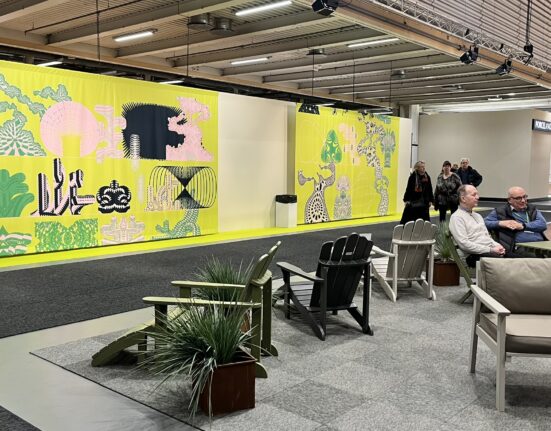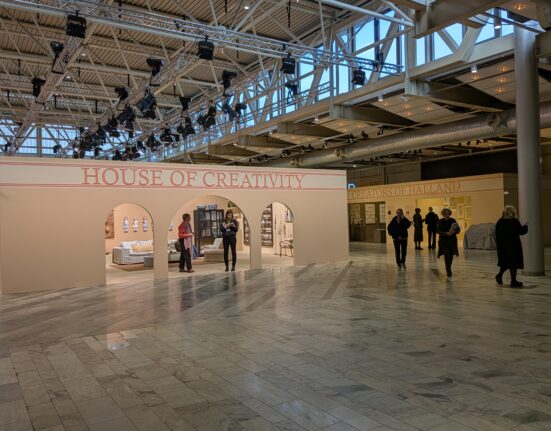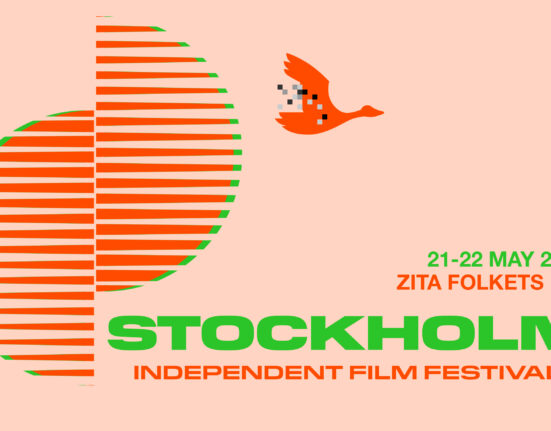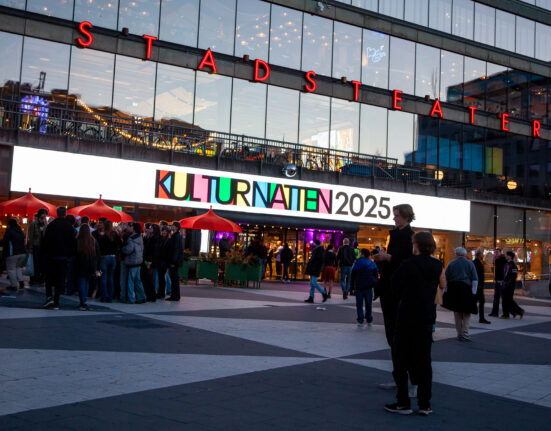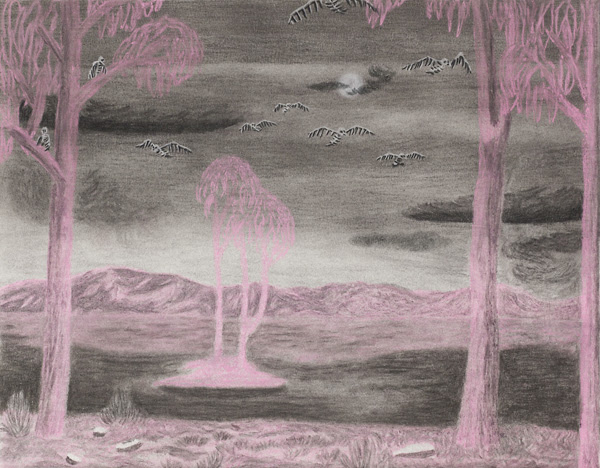
At Easter, we are drawn to dwell on the impact Christianity has had on the world since Jesus was crucified and seen risen from the dead by his very first disciples.
And on the reality that diverse influences have shaped and continue to define the course of global history…
Take Japonism’s tenacious footprint on Swedish art and technology’s tentacles into almost every aspect of living in the developed world today.
What about the aftermath of British slavery on Tobago’s African heritage? What of feminism and unchangeable biology governing gender on contemporary living?
How do our very questions affect those around us? How do our perceptions and ideas evolve our art?
Do all these and more motivate many to question their daily existence? And seek alternative worlds to live in? Or even indulge in pure fantasy persistently?
Have some resultantly come to a point where the real and the apparent or imagined are indistinguishable?
Are these motivators to revisiting the foundations that have corner-stoned the church this Easter?
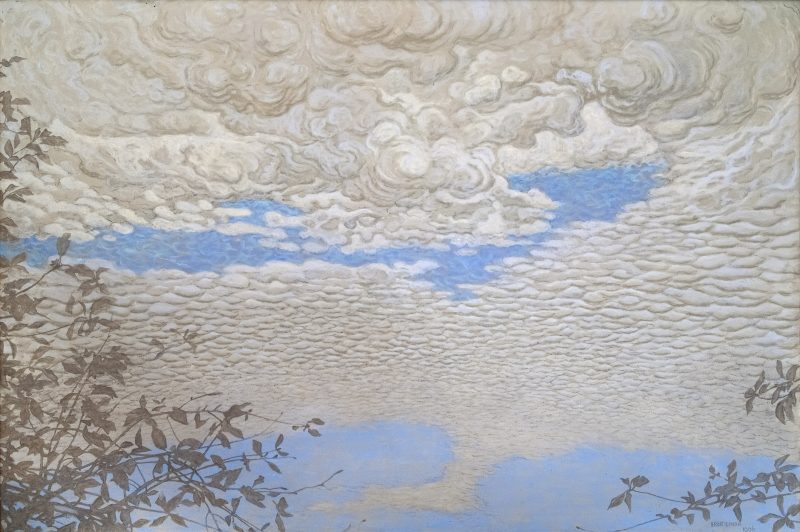
Exhibition: When Japan came to Värmland: Japonism and the Rackstad artists in 1880-1920
Where: Thielska Galleriet, Sjtullsbacken 8
When: Till 3 June
About the Japanese influences on the Swedish fin-de-siècle art scene, this exhibition focuses on the Rackstad Group, an artist colony that grew around lake Racken in the Värmland region in Western Sweden, culminating in 1900.
Artists and craftspeople had mixed disciplines and genres with influences from Swedish, European and Japanese art. Paintings, woodcuts, ceramics, textiles and metalwork by artists such as Gustaf and Maja Fjæstad, Hilma Persson-Hjelm and Bror Lindh are shown here alongside Japanese art. Motifs, perspectives, techniques and materials reveal how profoundly the aesthetics of Swedish national romanticism are indebted to Japan.
With its emphasis on ornamentation, nature and everyday scenes, Japanese aesthetics had a huge influence on European and American taste and style in the late 19th and early 20th centuries. The contours were flowing and irregular, and the decor brimming with flowers, dragons and insects.
In 1854, when Japan opened its borders to the world, art and applied arts became crucial in spreading knowledge about the nation. Exhibitions and art journals presented images of woodcuts and crafted objects, inspiring a whole world.
The fervent western interest in Japanese aesthetics in the decades around 1900 is called Japonism and was manifested in art, design and popular culture. Japan and Sweden signed a trade agreement in 1868, and contacts intensified in the 1890s.
Produced by Värmlands Museum, This exhibition is a modified version; shown as part of the celebration of 150 years of continuing diplomatic relations between Japan and Sweden.
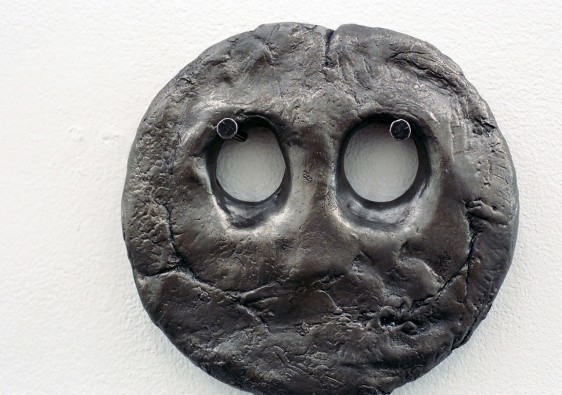
Exhibition: OVER
Artist: Sidsel Meineche Hansen
Where: Index – The Swedish Contemporary Art Foundation, Kungsbro Strand 19
When: Till 10 June
OVER is the title of the exhibition and a mobile application that is activated by Hollow Eyed (#1-8), a number of wall-mounted sculptures in the exhibition.
Exploring automation in contemporary working conditions through the production of the OVER mobile application, Sidsel Meineche Hansen critically examines the infrastructure and ideologies behind app-based business models, exemplified by the car service Uber, which cuts the “dead mile” in an allegedly frictionless space of connectivity, but simultaneously waives its workers’ rights based on the imperative of the “sharing economy”.
The video Maybrey Foundry, in contrast, shows an industrial site for production of silicon metal, a raw material for the digital economy most commonly used in the manufacture of microchips, where the sculptures of the exhibition were cast.
Additionally, there is a series of wall-mounted sculptures functioning as trigger-objects for the app, downloadable for Androids or installed in the gallery. The sculptures of distorted emoticons activate a layer of animation through a smartphone camera. Superimposed on to the gallery space, the animation narrates a short script spoken by an anonymous AI robot that reflects on augmentation in parallel to new forms of fascism. And the logo of the Augmented Reality app visually mimics the logo of Uber’s car service and is inscribed with an anti-fascist symbol.
In addition, Anti-fa (2017), a cast in silicon metal, hangs from Index’s office façade in order to physically demarcate the space. The work was made after the closure of the project space LD50 in London in February 2017 following protests against its affiliation with neo-reactionary and alt-right ideologies. Hansen’s reuse of anti-fascist symbolism aims to contribute to existing oppositions to the online echo chambers of the extreme right by highlighting the cultural correlation between virtual and physical space, and to find a way to deal with the current culture wars fuelled by the rise of the extreme right.
Lastly, OVER ON UBER, a zine-style reader, gathers articles and other relevant reading material on issues of labour, automation, sexism and racism in digital and app-based economies.
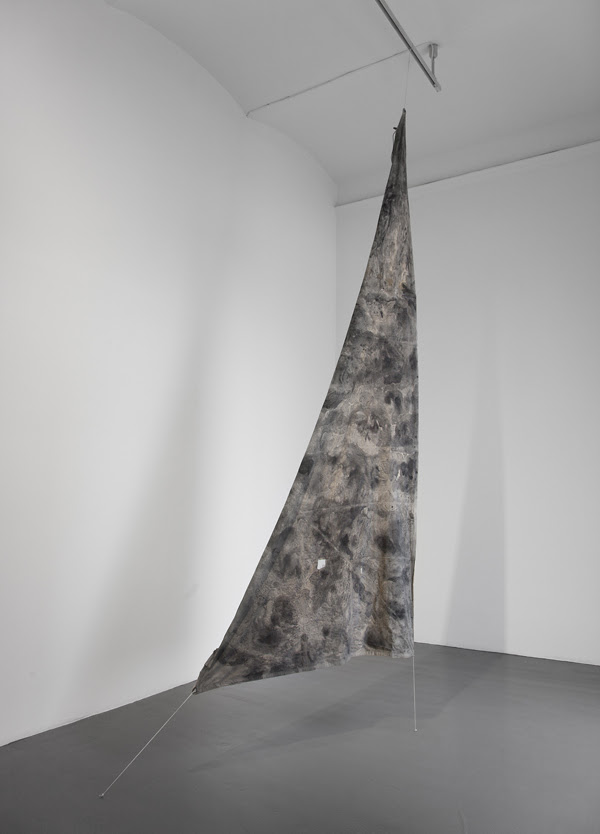
Exhibition: A Wobbly Aim
Artist: Jeff Olsson
Where: Galleri Magnus Karlsson, Fredsgatan 12
When: Till 14 April
Along with drawings made in the last year, a jacket of drawn image fragments forming a compound portrait or a worker’s jacket for poets hangs in the center of the gallery space.
Characteristic of Jeff Olsson’s dark imagery, the exhibited works are a distinct development in his artistry. The previously swarming scenes have now taken on a more scaled simplicity that takes place before the actual story unfolds.
His interest for fables and mythology remains, but there is also silent, desolate landscapes and staged still life of fateful darkness where existential issues meet willful humor and an alluring bias.
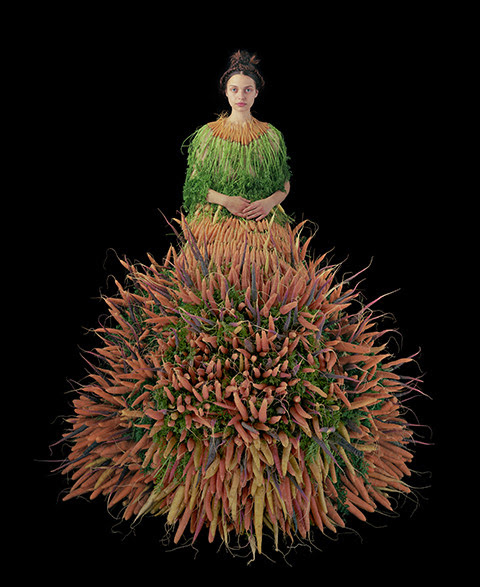
Exhibition: Mother Earth
Artist: Nathlia Edenmont
Where: Wetterling Gallery, Kungsträdgården 3
When: Till 5 May
Nathalia Edenmont’s work brings us into a world of seductive beauty and intense pain with imagery that examines the living conditions of contemporary women: questioning motherhood, fertility and ageing. Referencing historical oil paintings, religious symbols and contemporary art, Edenmont has created a unique expression.
In her latest series, the flowers in her earlier work have been pollinated; developing into fruit and vegetable; addressing the seasons of fertility and fecundity with unique sensibility. Each of the fruits recalls a season of ripeness, a moment when nature yields a crop of tender grapes in the Fall, a bounty of green tomatoes for only two short weeks in Summer, or bright white asparagus in Spring.
Without earth and worms, the harvest of fruits and vegetables would be impossible, and thus, Edenmont portrays Mother Earth as a beautiful, regal woman dressed in a mountain of earth, with hair piled high and gaze fixed on us, the potent planter.
To fertilize the earth, Edenmont’s self-portrait is of her dressed in a stylish assemblage of crawling brown earthworms, with hair coiffed like ladies’ gracing Renaissance portraits.
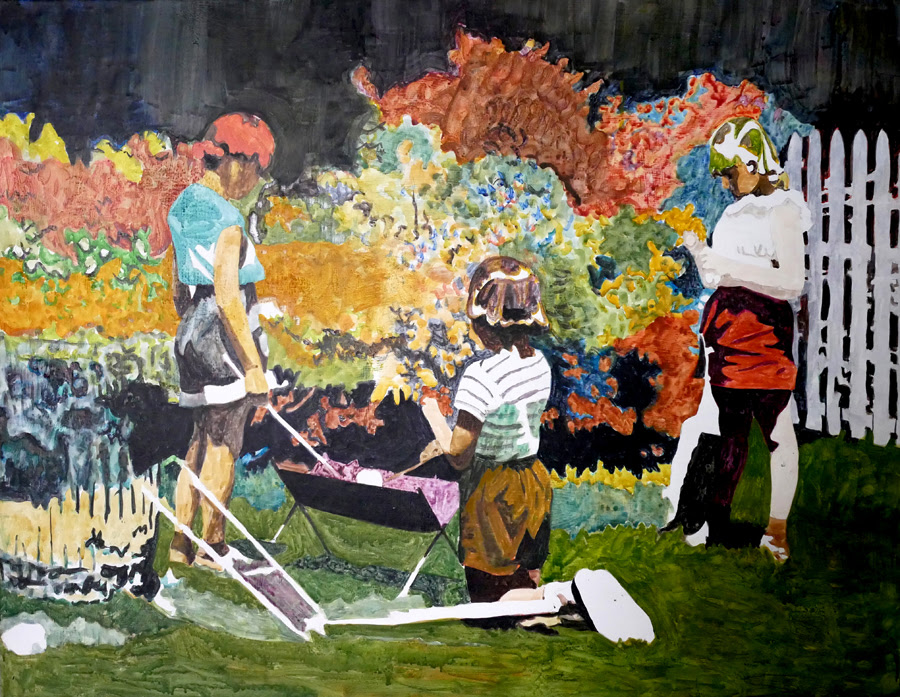
Exhibition: The Secret
March
Artist: Anders Romare
Where: Galleri Charlotte Lund, Johannes plan 5
When: 15 to 26 April
The colours in Anders Romare‘s new watercolours and pencil on gessoed cavases are dense and rich; in sharp contrast to the glimpses of white that shows through in patches. Disregarding the traditionally transparent technique of watercolour, Romare freely re-creates various originals in the form of family photographs, unrelated both to himself and contemporary times, and with figurative motifs conveying people in groups in everyday settings and situations; sitting on a beach, on a rock in the mountains or on their way home from work.
The photographs from which Romare’s paintings originate are selected with a decided preference for light and mood, and re-worked to heighten contrast, exclude details and apply and invert colour; additionally bringing the paintings to life by incorporating abstract features and decorative patterns.
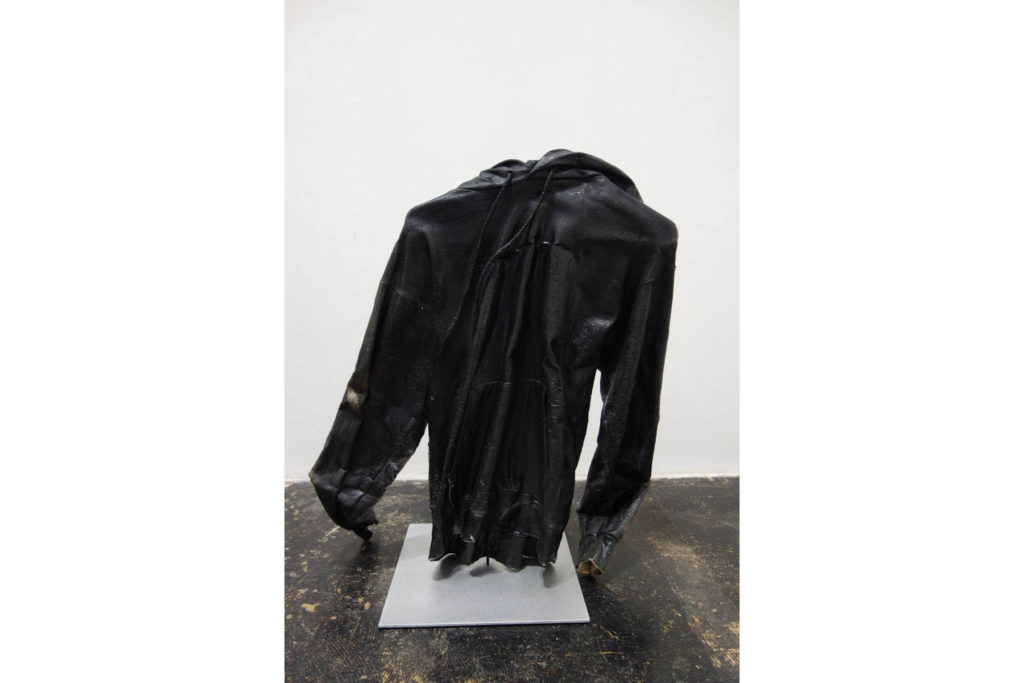
Exhibition: Concrete States of Animation
Artists: Justin Adian, Gina Beavers, Tarik Garrett & Chris Johanson
Where: LOYAL, Kammakargatan 68
When: Till 14 April
Gina Beavers scrolls through her phone to cull her imagery from the deluge that floods the feeds: food, beauty tutorials, sport, health, travel, more food; creating idealized images of perfection and desire wavering from aspiration to revulsion and back again. Cementing these fleeting images into forms, she builds her paintings up layer upon layer in acrylic high relief on canvases deeply contoured like Roman friezes; giving equal treatment to burgers, tennis rackets, makeup tutorials and the like in meme-like compositions.
Justin Adian’s hybrid sculptures and paintings are composed by tightly stretching round ester foam boldly colored canvases, constricting and confining it into a puffy, geometric form. Combining two or more interacting shapes allows associations to play out, if only suggestively. Creases and folds in the canvas look at times like tight clothing on a body, imbuing the cosmetics of the animated form upon it.
Working with the emotional resonance of objects, memory and experience, Tarik Garrett’s hooded sweatshirt references the clothing 17 year-old Trayvon Martin was wearing when killed by a neighbourhood watch vigilante in 2012. His death became a rallying point around which an international protest movement formed, and the hoodie became a symbol of memorial and defiance. Putting this object through a series of chemical and painterly processes by thoroughly saturating and soaking the fabric until finally setting it in a state of suspended animation, Garrett’s hoodie stands on its own in the room, like a haunting monument.
Returning to the starburst image that first appeared in his work in 2002, Chris Johanson’s mandala-like composition of lines radiating out from a single starting point, like a big bang that constantly expands outward, is ambiguous as to which is the front while standing on a wooden shelf in a casual lean against the wall, like a person might, with both faces visible from the side. Thus pointing to the light and dark in society and urging us to care more about each other and our environment.
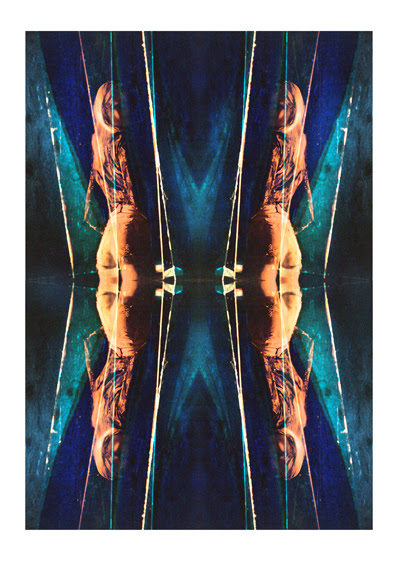
Exhibition: Casino
Artist: Jenny Källman
Where: Björkholmen Gallery, 2 Rödbodtorget
When: Till 21 April
Depicting no areas or places, Jenny Källman’s works create themselves their rooms were the camera is always the starting point: that which occurs in the snapshot “taken”. With her images a kind of visual venues where chance plays a not insignificant role, these closed and regulated rooms by carefully controlled natural light and refined built contrasts are random and controlled order of both sanctuary and prison.
Hence they become a refined play with what we see and how we understand what we see: random and carefully regulated, law-abiding, even longer; suggesting we are in a world where the impossible is possible to distinguish an object from its image, the real from the apparent: a spectral world where the characters, for example, wealth and happiness, is the only one that has any real value.
With the occurring stylizing shapes referencing different people or poses as just bodies formed by the mirror’s reflections; standing for a moment as an elusive mirage or permission, and then dissolving mise-en-abyme in the casino mirrors – an image that is also on the security monitors in the casino’s guardroom.
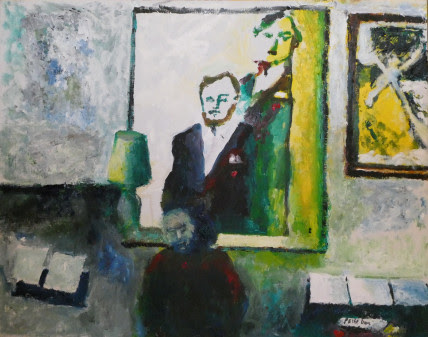
Exhibition: PETER DAHL’S WORLDS
- 8 decades of struggle for REALITY
Where: Sven-Harrys konstmuseum, Eastmansvägen 10–12
When: 4 May to 13 August
In this retrospective, we follow the arts and the underlying momentum of one of the nation’s leading and most well known contemporary artists – from the war years from 1940 to probably the last painting by Peter Dahl in 2016 – a triple self-portrait.
From art political scandals, burleskerier and tavern scenes to penetrating portraits, relationship dramas and illustrations of Fredman’s Epistles, Dahl’s great and varied well known production has over the years manifested itself in several highly publicized breakthrough. It is baroque scenes, and it is living scenes.
Curator and son Christoffer Dahl says, “That his art has become so powerful and varied… [meeting]… over the years [reactions] ranging from disgust and contempt [to] fascination and admiration, [is] due largely to the form he perpetrated… of a completely different world – Caribanien.”
Caribanien had called for the intellectual and emotional commitment of a never-ending documentation with newspapers, atlases, historical books, dictionaries and a large industry of trains, train, toy soldiers, construction – and war materials – of this ever-changing world where life can also occur after death and where technology is subordinated to the design.
It is no exaggeration to say that Caribanien usually went first, even before the art. For it is totally governed and controlled by a single person – the emperor of emperors, Peter the First, whose court painter is Peter Dahl.

Exhibition & Artist: DANIEL ROBERT HUNZIKER
Where: ANNAELLEGALLERY, KARLAVÄGEN 15 B
When: Till 8 April
Swiss artist Daniel Robert Hunziker creates new, interesting spatial references between body and space by incorporating the architectural structures of the gallery and found forms as integrated parts of his work.
Presenting three-dimensional wall pieces and two series of paper collages made out of material related to Hunziker’s perception of the developed world, they are influenced by geometric shapes relating to our structural daily life to explore, collect and document iconic characters and ‘objets trouvés’.
Working with precision in varying geometrical and spatial shapes, sizes and structures, Hunziker creates art that emphasizes both the conscious and the unconscious parts of aesthetical, functional and constructive matters.
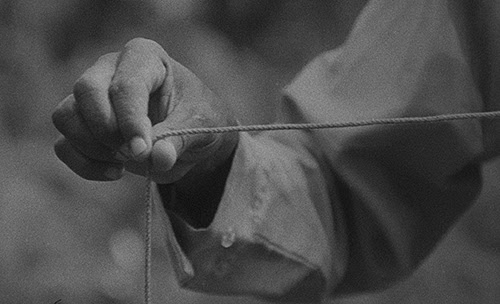
Exhibition: The Warming Plateau
Artist: Santiago Mostyn
Where: Andréhn-Schiptjenko, Hudiksvallsgatan 8
When: Till 7 April
Central to the exhibition is a film in two parts made on the island of Tobago; unique amongst the former British West Indies as its West African heritage survived the obliterating effects of slavery; existing as vibrant traditions.
Harping on the impossibility of a return, the first segment documents the largest Silk Cotton Tree on the island, famous for the legend of the ‘African witch’ Gang Sarah who, wishing to return to Africa, climbed it to try to fly, not realizing she had lost her powers.
The other segment shows four men cutting their way through the jungle, making measurements, calling out to each other, working on something that comes into focus as a kind of land claim or marking of distance; portraying the island as a sentient being, showing sites of past and present activity or exploitation.
The arrangement of ‘Rayo’ plants in the gallery demarcates the plot of jungle’s outline explored in the film, mimicking their traditional use of marking land boundaries in Tobago, after the men have completed their work.
Photo and information credits: The respective galleries.








